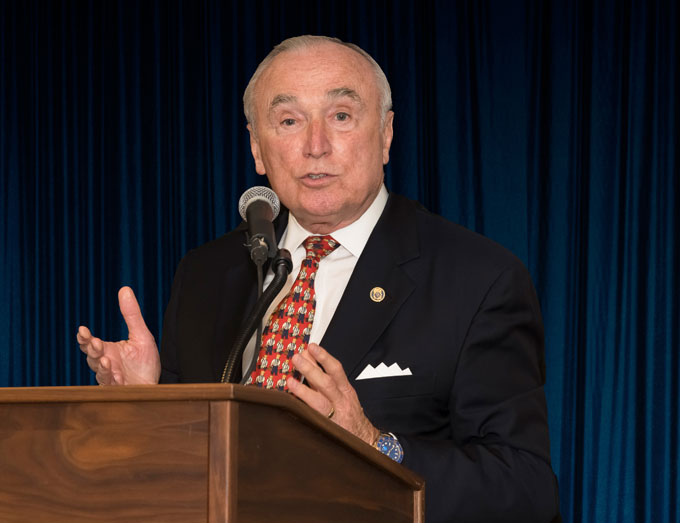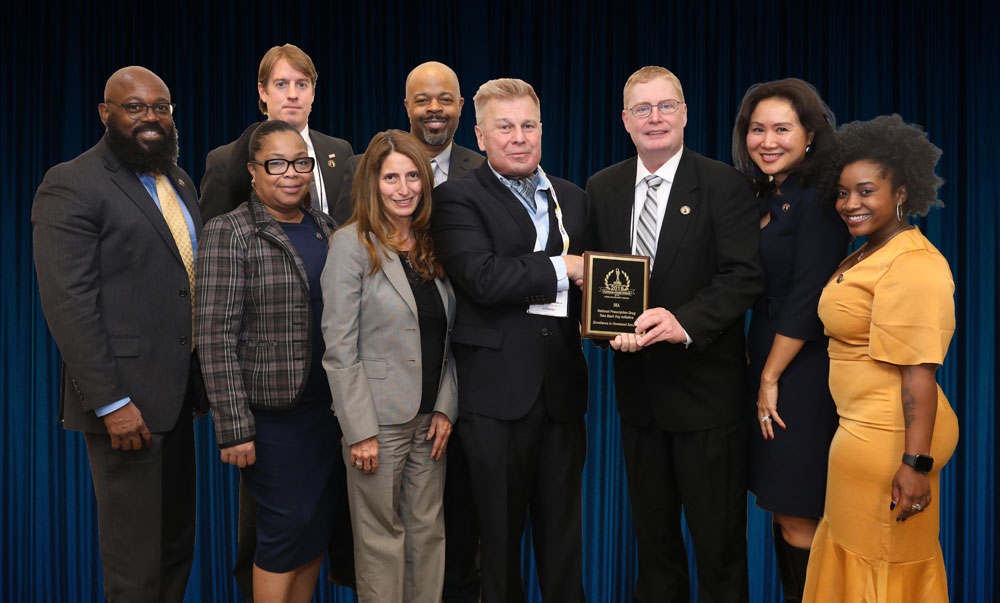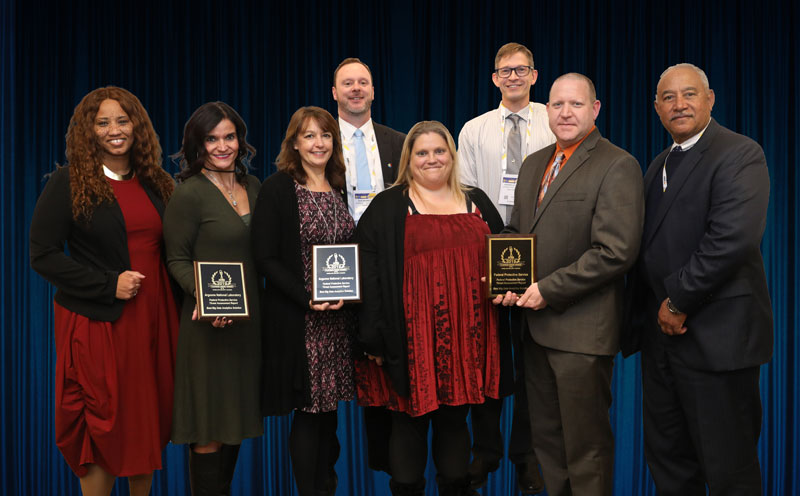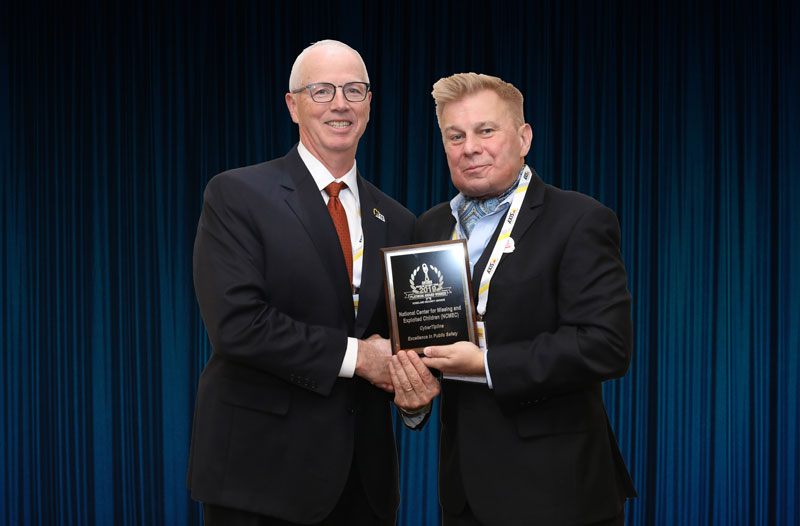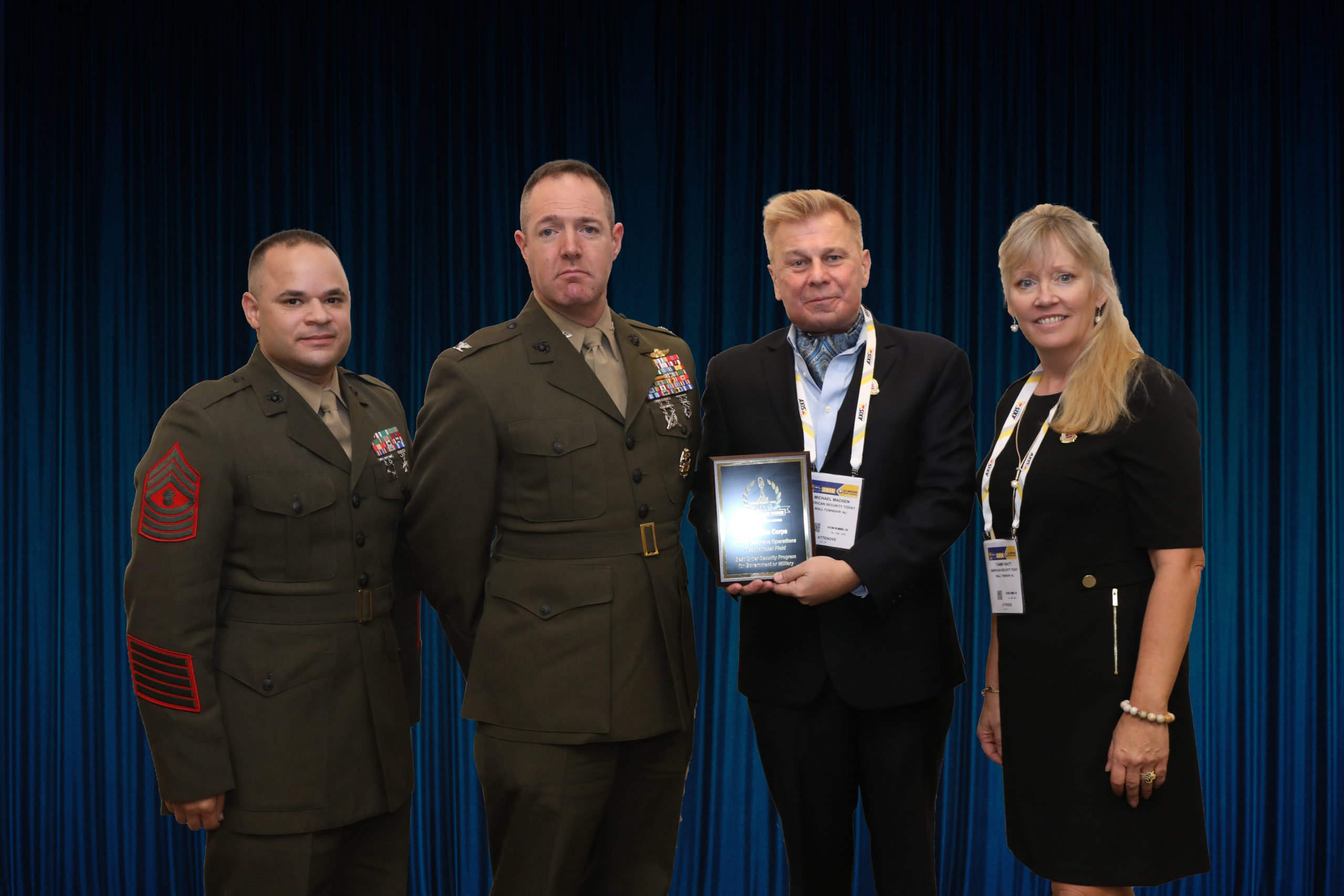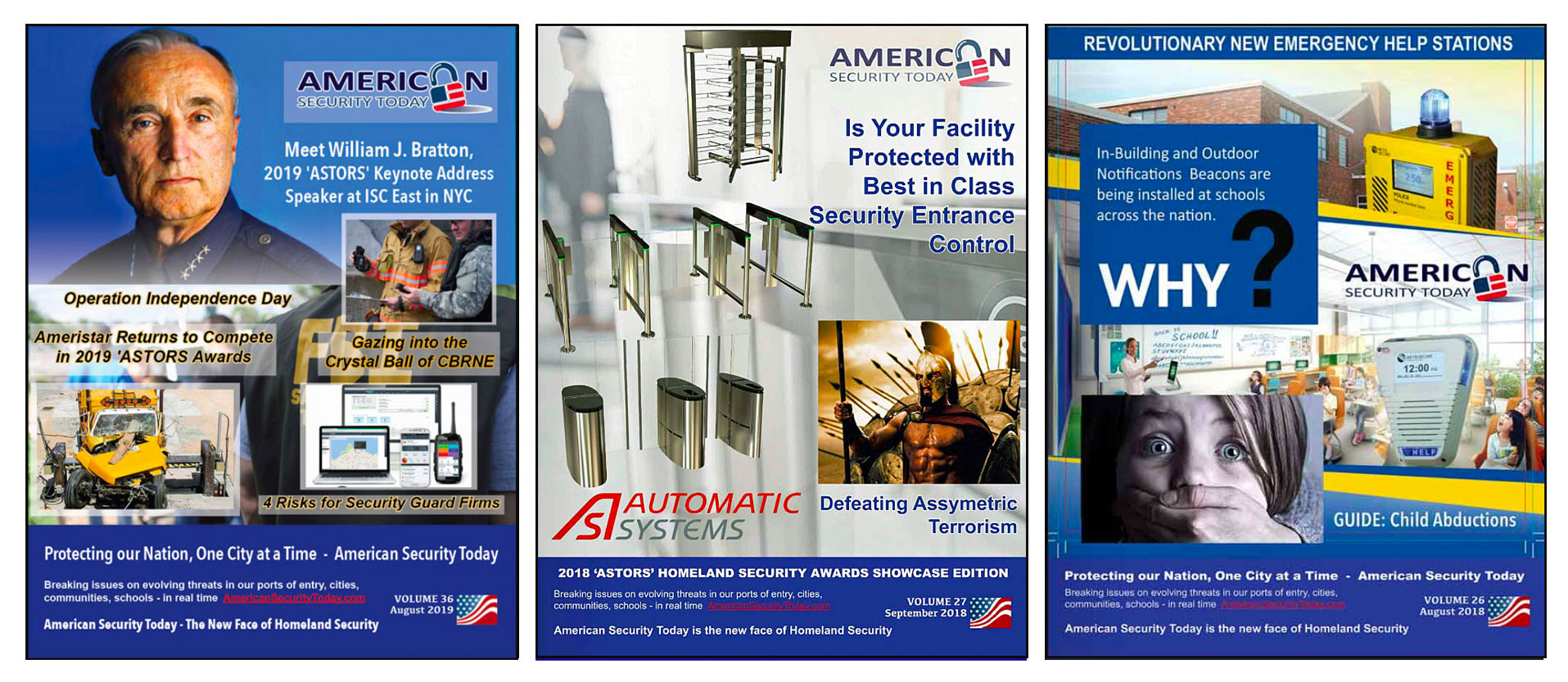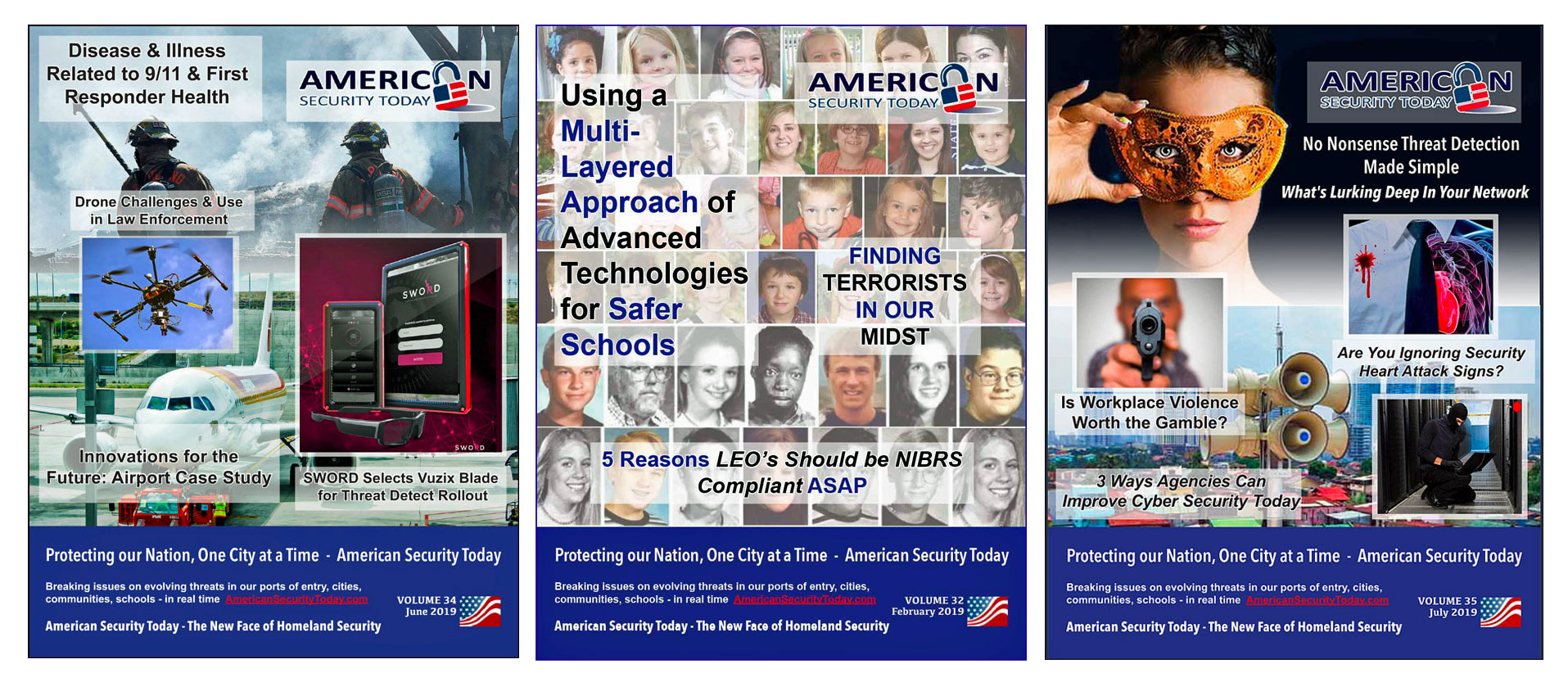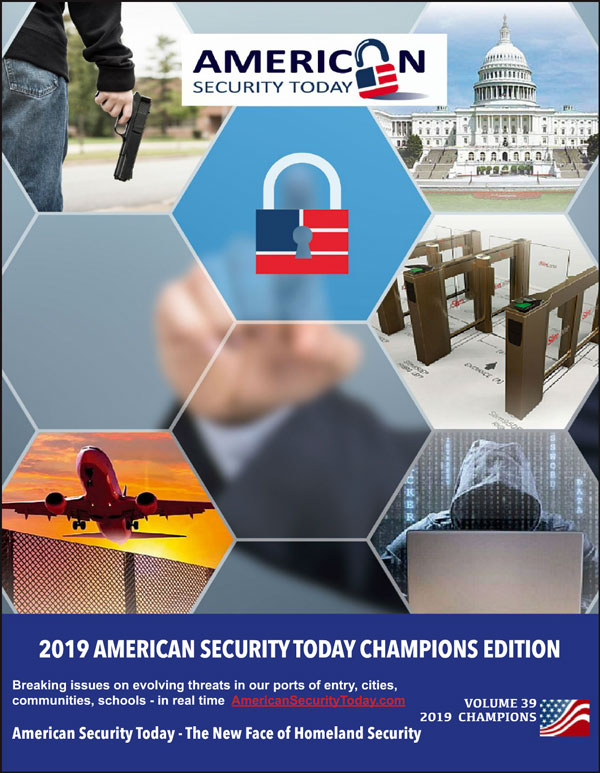
U.S. Customs and Border Protection (CBP), which was recognized for ‘Excellence in Public Safety’ for the agency’s CBP Entry and Exit Program in the 2018 ‘ASTORS’ Homeland Security Awards Program, has introduced biometric facial comparison technology at several international airports to further secure and streamline international travel.
CBP began using the technology at Houston’s William P. Hobby Airport on February 20, and at John F. Kennedy International Airport Terminal 4 on March 12.
These initiatives are the most recent efforts of the longstanding implementation of a Congressional mandate to biometrically record the entry and exit of non-U.S. citizens.
The enhanced international arrivals process complements the biometric boarding process that CBP and the Port Authority of New York and New Jersey (PANYNJ), introduced at JFK during the summer of 2019.
Both processes use biometric facial comparison technology to automate the document checks that are required for international travel.
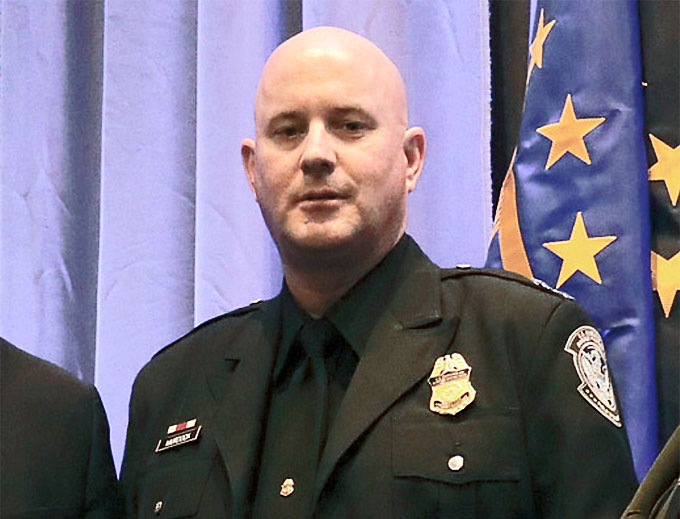
“CBP is committed to working with our partners to ensure that the travel system is secure and efficient,” said Houston Director of Field Operations Judson W. Murdock II.
“The speed, accuracy and reliability of facial comparison technology enable CBP officers to confirm a traveler’s identity within seconds while further enhancing the customer experience.”
When travelers arrive on an international flight, they will pause for a photo at the primary inspection point.

CBP’s biometric facial matching service will compare the new photo of the traveler to images that the traveler previously provided to the government, such as passport and visa photos.
If a traveler cannot be matched to a photo on record, the CBP officer will process the traveler manually.
Travelers who wish to opt out of the new biometric process may notify a CBP officer as they approach the primary inspection point.
These travelers will be required to present a valid travel document for manual identity verification by a CBP officer and they will be processed consistent with existing requirements for entry into the United States.
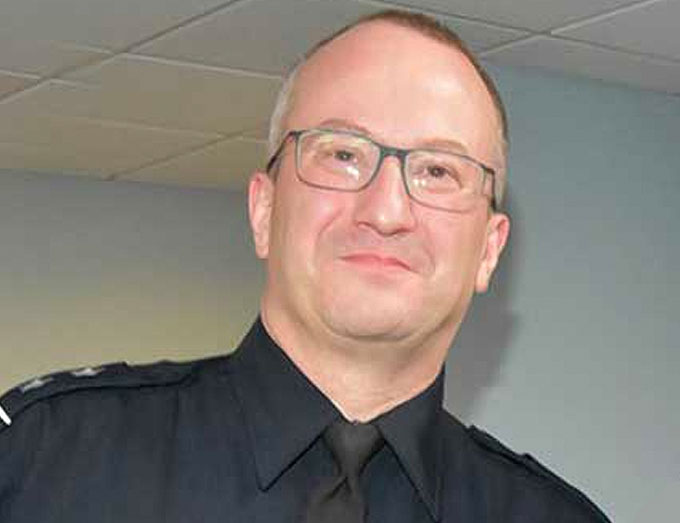
“CBP and its partners are implementing facial comparison technology to provide another layer of security and convenience to the traveling public,” explained New York Director of Field Operations Troy Miller.
“This efficient, accurate and reliable technology will support highly-trained CBP officers in verifying the identity of international travelers, as is required by federal law.”
CBP is committed to its privacy obligations and has taken steps to safeguard the privacy of all travelers.
CBP has employed strong technical security safeguards and has limited the amount of personally identifiable information (PII), used in the facial biometric process.
New photos of U.S. citizens will be deleted within 12 hours. Photos of foreign nationals will be stored in a secure Department of Homeland Security (DHS) system.
(CBP has begun using facial comparison technology at John F. Kennedy International Airport (JFK) to help verify a traveler entering the United States matches the passport presented. The technology compares an image of the traveler taken during the normal inspection process to the image stored on the traveler’s ePassport, verifying that the traveler is the rightful document holder. Courtesy of the CBP, Bridget Bosch and YouTube.)
Facial comparison technology enhances CBP’s ability to facilitate lawful travel and secure the border.
To date, more than 49 million travelers have participated in the biometric facial comparison process at air, land and sea ports of entry.
Since September 2018, CBP has leveraged facial biometrics to interdict more than 250 imposters who attempted to enter the United States by presenting a genuine travel document that belonged to another person.
CBP is implementing biometric facial comparison technology address recommendations from the 9/11 Commission and address a Congressional mandate to biometrically record the entry and exit of non-U.S. citizens.
To Learn More about CBP’s efforts to secure and streamline travel through facial biometrics, go to is available here.
CBP Recognized in 2018 ‘ASTORS’ Homeland Security Awards Program
U.S. Customs and Border Protection
-
‘Excellence in Homeland Security’
-
CBP Entry/Exit Program
-
*US CBP was also recognized in the 2017 ‘ASTORS’ Awards Program
















